Cancer Care
Blog
Cutting through the complexity of Cancer Care
Categories
AI
Color Health receives Newsweek AI Impact award for “AI Healthcare: Best Outcomes, Diagnostics”
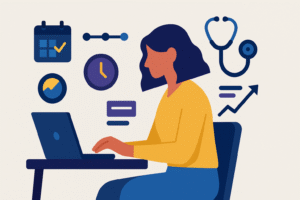
Cancer Care
Cancer and the working-age adult: A clinician’s perspective on what employers are missing in survivorship care
Clinical Team
Meet the Care Team: Dr. Dylan O’Shea, Primary Care Provider at Color
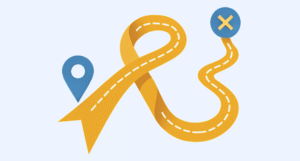
Cancer Care
Cancer doesn’t call for navigation alone. It calls for care.
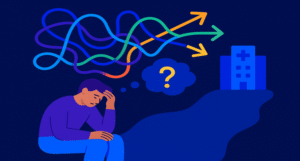
Cancer Care
They got the COE referral—now what?
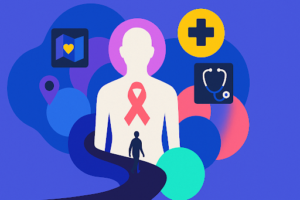
Cancer Care
Breaking down barriers: Color and MSK Direct increase access to world-class Cancer Care

Cancer Care
Cancer is a lifelong identity. And mental health is part of it.
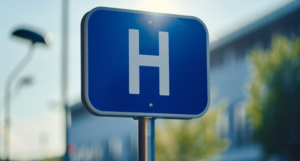
Cancer Care
Cancer doesn’t care where your employees live–but we do.
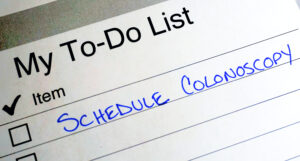
Cancer Care
Reducing the Burden of Colorectal Cancer on the Workforce: What Employers Can Do

Clinical Team
Meet the Care Team: Color Cancer Connect Coaches
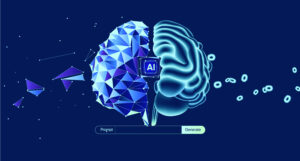
AI
AI in Healthcare – The Place Beyond the Scribes
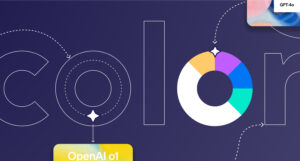
AI
Expertise Is What We Want

Cancer Care
What Do Employers Really Need to Tackle Cancer?

Clinical Team
Meet the Care Team: Color’s Survivorship Oncologists

Cancer Care
Cervical Cancer Awareness Month: Progress, Challenges, and Solutions

Cancer Care
What Rising Cancer Incidence Means for Health Plans

Cancer Care
Health Plans’ Role in Closing Cancer Care Gaps, Reducing Costs, and Improving Outcomes at Every Step

Clinical Team
Meet the Care Team: Color’s Oncology Nurses

Clinical Team
Meet the Care Team: Color’s Care Advocates

Cancer Care
